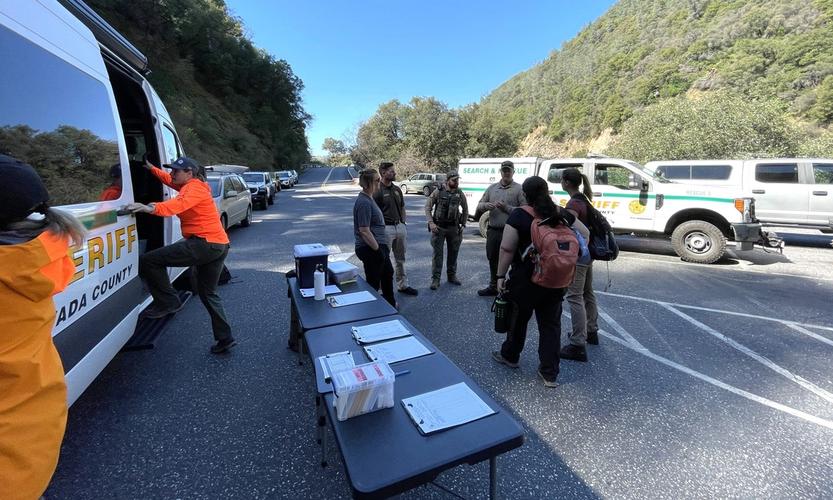I don’t know whether schools still do it, but when I was much younger than I am now, we would have a maypole celebration at school, on the first day of May. And, while I vaguely remember those celebrations, I surely don’t remember whether or not we were actually taught about what we were celebrating. So, to make up for lost time, I’m going to take a look here at what May Day is all about.
To begin, it should be noted that May 1 is about halfway between the spring equinox and the summer solstice. It is a time of the year when tree branches are showing their new bright green foliage, and wildflowers are beginning to be found. Thus, this time of the year lends itself to a celebration of all things flora.
The earliest known May celebrations appeared during the Roman Republic era (509-27 BCE) with the Floralia (festival of Flora, the Roman goddess of flowers), which was celebrated from April 27 to May 3. This involved theatrical performances, the releasing of hares and goats, and pelting the crowds with vetches, beans, and lupins. Later, as early as the 2nd century CE, a month-long festival called Maiouma was celebrated. This was a nocturnal dramatic festival, held every three years throughout the month of May, celebrating Dionysus (god of fertility in nature and of wine) and Aphrodite (goddess of beauty, fertility, and sexual love). A later May festival, celebrated in Germanic countries, Walpurgis Night, commemorates the official canonization of Saint Walpurga on May 1, 870 CE. In Gaelic culture, the evening of April 30 (May Day Eve) was the celebration of Beltane (“lucky fire”), which marked the start of the summer season. First reported in 900 CE, the celebration mainly focused on the symbolic use of fire to bless cattle and other livestock, as they were moved to summer pastures. Since the 18th century, many Roman Catholics have observed May Day with various devotions to the Virgin Mary. Often, in works of art, school skits, etc., Mary’s head will be adorned with flowers in a May crowning. In modern times, May Day traditions have included dancing around the maypole, crowning the Queen of May, and the giving of “May baskets” — small baskets of flowers, usually left anonymously on neighbor’s doorsteps. (Oh, right — I had forgotten all about creating those May baskets at school).
Associated with May Day is International Workers’ Day, known as Labor Day in some countries. This is a celebration of laborers and the working classes, promoted by the international labor movement, and occurring every year on May 1 (or the first Monday in May). The origins of this day go back to April 21, 1856, when Australian stonemasons in Victoria undertook a mass stoppage as part of the eight-hour workday movement. Thereafter, it became a yearly commemoration, subsequently inspiring U.S. workers to have their first work stoppage. That began on May 1, 1886, in Chicago, with a general strike for an eight-hour workday. Police acted to disperse a public assembly in support of the strike, when an unidentified person threw a bomb. The police responded by firing on the workers, leading to the deaths of at least four civilians and seven police officers, with 175 persons injured. Hundreds of labor leaders and sympathizers were later rounded up, with four being executed by hanging, after a trial seen as a miscarriage of justice. In 1889, the first meeting of the Second International (successor to the earlier International Workingmen’s Association) was held in Paris, and called for international demonstrations on the 1890 anniversary of the Chicago protests. On May 1,1890, the call encouraged May Day demonstrations in the United States and most European countries.
Of course, in the United States, a September holiday, called Labor Day, was first proposed in the 1880s. And, in 1894, the U.S. Congress passed an act making the first Monday in September a legal holiday. However, the majority of countries around the world celebrate a workers’ day on May 1. One resource that I used indicates that of 196 countries, only 32 do not celebrate May 1 as International Workers’ Day, and, of those, 7 (including the United States) celebrate workers on a different date.
That Other Important May Date
Not to be overlooked is the day that comes just three days after May Day. While May 1 is a celebration of flora and workers, this next important date is when you want to be sure to send a special greeting/wish to those important to you: “May the Fourth be with you.”
Featured Articles

Human Remains Found Near South Yuba Bridge in March Identified →
December 17, 2025
Authorities identify remains found in March as Aaran Sloan Taylor, seeking next of kin.
Transfer Station Burn Suspended After Community Concerns →
December 16, 2025
Sierra Hardware Plans Extensive Repairs After Flood Damage →
December 8, 2025
Sheriff’s Office Accepts $60,000 Grant for New Search and Rescue Team →
December 2, 2025
Confusion Surrounds Release of the Plumas County Grand Jury’s Report →
December 4, 2025